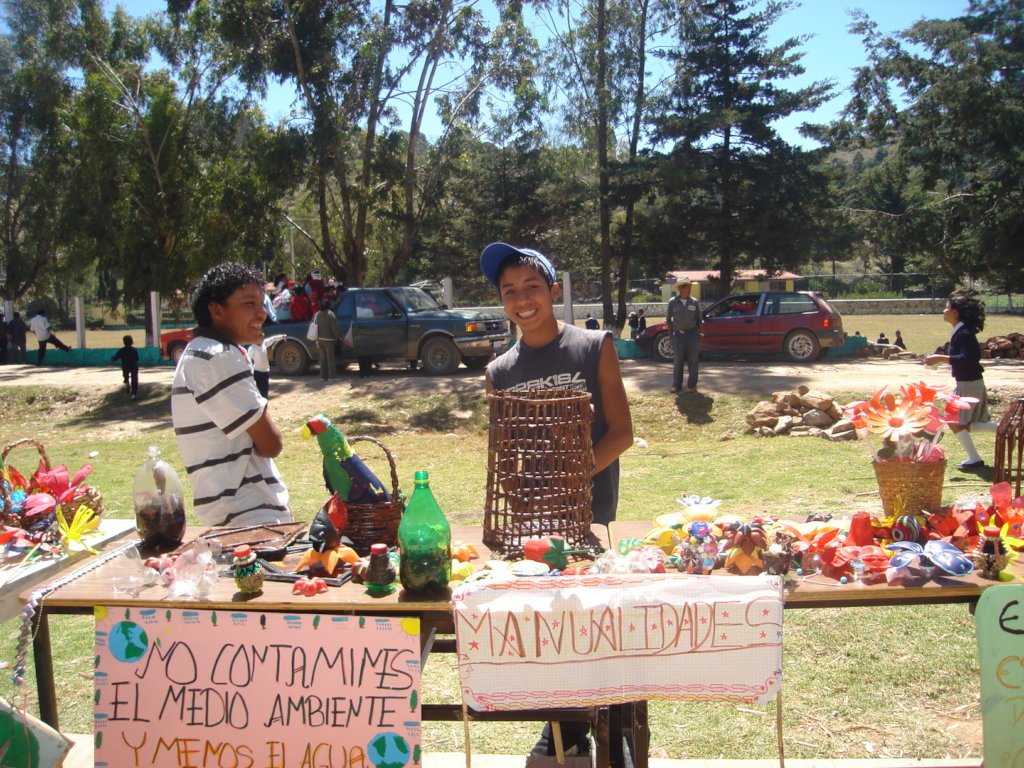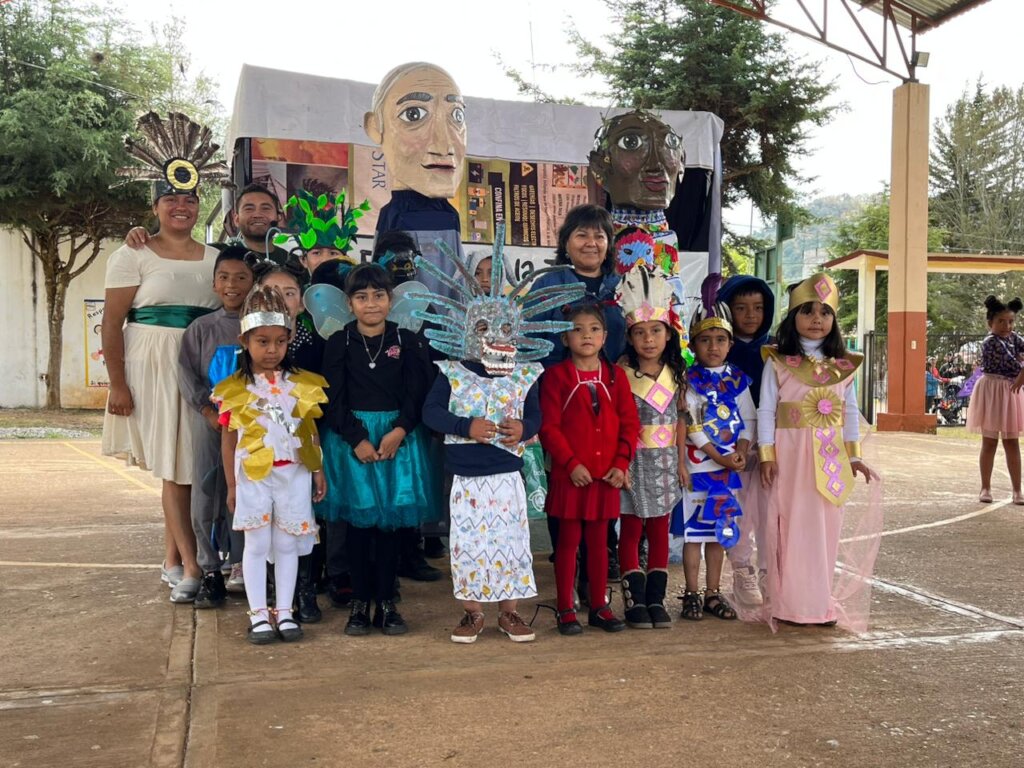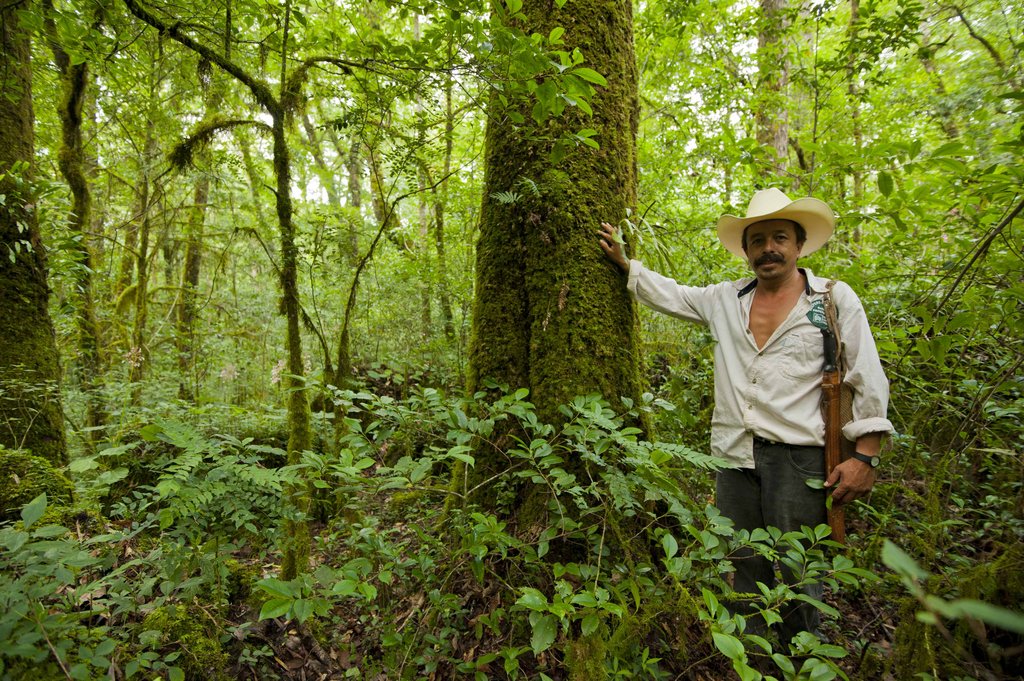




The mission of the Sierra Gorda is to guide and coordinate the activities of its member organizations responsible for the conservation, restoration and sustainable development of the Sierra Gorda region and the Sierra Gorda Biosphere Reserve. Grupo Ecologico Sierra Gorda, the founding member organization of the Alliance, guides the work of the Alliance's partner organizations in: a) educating for a sustainable future; b) organizing community action and cross-sector cooperation; c) adopting holistic land management; d) promoting management of solid waste and recyclables; e) raising awareness and civic participation; f) bundling and communicating best practices; and g) generating a signifi... read more The mission of the Sierra Gorda is to guide and coordinate the activities of its member organizations responsible for the conservation, restoration and sustainable development of the Sierra Gorda region and the Sierra Gorda Biosphere Reserve. Grupo Ecologico Sierra Gorda, the founding member organization of the Alliance, guides the work of the Alliance's partner organizations in: a) educating for a sustainable future; b) organizing community action and cross-sector cooperation; c) adopting holistic land management; d) promoting management of solid waste and recyclables; e) raising awareness and civic participation; f) bundling and communicating best practices; and g) generating a significant social return on investment.


Each of GlobalGiving’s nonprofit partners is required to send quarterly donor reports detailing the impact of their work. Here are some of their recent updates:
By Roberto Pedraza Ruiz | Head of Wildlife Areas Programme
The drought we have been experiencing continues to extend this year 2024, with no forecasts of consistent rainfall until next June; so at least two more months of the same trend, which is exacerbating... Read the full report ›By Olivia Perez Jimenez | Education Lead
Green Climate Action Protocol During the period from July to January of this year, within the Environmental Education Program, the team of educators of the GESG, gave 100 environmental... Read the full report ›By Roberto Pedraza Ruiz | Jefe de Tierras Silvestres
As we have already mentioned, this year has brought with it the worst drought that the Sierra Gorda has experienced in many centuries. You can deduce this because the several hundred year old junipers... Read the full report ›